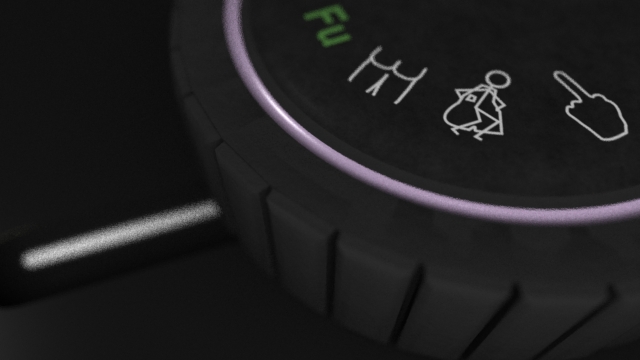I don’t know how many of you own a digital camera, but they sure seem to come with a lot of “scene modes” nowadays. You know the ones: portrait, dusk, backlit, night, sports, landscape, macro, indoor/party, fireworks, snow, beach… but what if I want a night photo of fireworks at dusk on a beach such as seen in the Beaches in Toronto on Canada Day (assuming nobody is holding a strike)? Okay, Mr. Smartypants, so the answer is you probably want “fireworks” mode, but while most people may find the decisions made by the fully automatic settings to be sufficient, sometimes additional human intelligence is required.

With scene modes, human intelligence is used to determine the type of scene being photographed and use rules-of-thumb to determine reasonable camera settings. Too few scene modes and one is unlikely to find an applicable mode; too many and it becomes difficult to find and select the/an appropriate one. Further, since scene modes rely on these rules, it restrains artistic license, unless you know what a particular scene mode does and can use it out of its intended context. While I have some ideas for more advanced user interfaces for cameras, I have an easily implementable replacement for the obscene number of scene modes on current cameras.
When preparing taking a photograph, one needs to make at most 5 decisions (okay, this is simplifying things a bit):
- Composition — i.e., framing the image
- Timing — e.g., time of day, no one is blinking, moment ball makes contact with the bat)
- Area(s) to appear to be in focus (a large depth-of-field means more is in focus)
- Exposure time — i.e., keep the shutter open longer and (risk) blur or have it open and close quickly?
- Exposure of an image
In cameras with fully automatic and scene modes, the last three decisions are made for you (and, with blink and smile detectors, #2 as well, to some extent). All scene modes do is provide hints to the camera to help it make informed decisions. For example, in sports mode, the camera will prioritize minimizing exposure time to reduce blur. But I think camera system users are intelligent enough to handle four new modes in place of scene modes (in addition to a fully automatic mode or PSAM, depending on audience):
- Long exposure, small depth-of-field;
- Long exposure, large depth-of-field;
- Short exposure, small depth-of-field; and
- Short exposure, large depth-of-field.
Or, perhaps simply relabel the aperture and shutter speed dials as “background blur” and “motion blur”, but only allowing limited granularity of control by default (e.g., low, medium, and high), and have an “automatic” setting for each, allowing PSAM (auto/auto, shutter/auto, auto/aperture, shutter/aperture). Besides, providing ten different scene modes, four PSAM modes, and a video mode to control two different settings doesn’t seem to make things easier. If you’re going to use human intelligence, you might as well let them exercise a bit of creativity, too.
While we’re at it, one can provide an exposure compensation that adjusts the live preview image; the final exposure of the image can be set to match that of the live preview with the desired settings. No more fiddling with scene modes and no more guessing at exposure (at least not until flash is introduced into the mix — but misuse of flash is a different can of worms). Let the user express his or her intention and watch creativity be expressed, too!
